PM Pollution… runnin’ all ‘round in my veins?
There’s a new discovery in potential threats to our health. Particulate Matter (PM) is the latest monster under the bed in the ongoing battle with air pollution. Recent scientific research suggests that small particles spewed into the air by power plants, cars and trucks can find their way into our bloodstream, increasing risk of numerous health threats, including heart disease and stroke. And there’s a growing fear surrounding what PM is, how it gets into places where it can harm us, and what we should do about stopping it.
 This is not your run-of-the-mill research paper rehashing whether coffee (or wine) is good/bad for you. In this recent study by scientists at the University of Edinburgh in the UK, researchers found that tiny airborne pollutants from factories and motor vehicles may be working their way through our lungs into our bloodstream. Sounds serious, right? The study had volunteers inhale harmless gold nanoparticles – let’s just call this science bling – then the scientists followed these tiny bling particles to see how far they could go. What they found was that the bling wiggled its way into the blood stream within 15 minutes, and was still present in the volunteer’s blood and urine after three months. Uh, keep the change?
This is not your run-of-the-mill research paper rehashing whether coffee (or wine) is good/bad for you. In this recent study by scientists at the University of Edinburgh in the UK, researchers found that tiny airborne pollutants from factories and motor vehicles may be working their way through our lungs into our bloodstream. Sounds serious, right? The study had volunteers inhale harmless gold nanoparticles – let’s just call this science bling – then the scientists followed these tiny bling particles to see how far they could go. What they found was that the bling wiggled its way into the blood stream within 15 minutes, and was still present in the volunteer’s blood and urine after three months. Uh, keep the change?
This Just In…
 This is not exactly new news. Previous studies have shown that tiny particles in air pollution are associated with an increased risk of cardiovascular disease. What’s different this time, as the report says, “this research shows for the first time that inhaled nanoparticles can gain access to the blood in healthy individuals and people at risk of stroke. Most worryingly, these nanoparticles tend to build-up in diseased blood vessels where they could worsen coronary heart disease – the cause of a heart attack.”
This is not exactly new news. Previous studies have shown that tiny particles in air pollution are associated with an increased risk of cardiovascular disease. What’s different this time, as the report says, “this research shows for the first time that inhaled nanoparticles can gain access to the blood in healthy individuals and people at risk of stroke. Most worryingly, these nanoparticles tend to build-up in diseased blood vessels where they could worsen coronary heart disease – the cause of a heart attack.”
For as long as most of us can remember, pollution has provided fodder for our politicians and scientists to argue over. Pollution has acted as the perfect excuse for world leaders to descend on Paris, drink some good wine, eat some great food, and maybe practice a little of that high school French.  And in recent years, cap and trade has become a way that our giant industrial companies can wheel and deal in carbon emissions credits, like baseball cards for chrome-headed executives.
And in recent years, cap and trade has become a way that our giant industrial companies can wheel and deal in carbon emissions credits, like baseball cards for chrome-headed executives.
But for the rest of us, it seems to have become an endless stream of disturbing headlines and warnings. A true understanding of real-world risks requires a grasp of science well beyond your basic undergraduate science classes. The research can be confusing and sometimes downright misleading.
The Great Smog
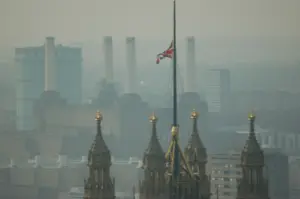 So, why should you care about it? If we jump into the way-back machine and blast back to 1952, we’d see a weather phenomenon known as a thermal inversion settling over London, creating a deadly concentration of soot from factories and coal burning stoves that’s believed to have caused 12,000 deaths. That incident became known as the Great Smog, and in 1956 the UK became the first country to adopt broad air pollution regulations. Ever since, the scrap has been on about how much and what kind of regulations are necessary to keep the wheels of the economy rolling while keeping the citizenry safe. Not to imply that regulation is the only answer, but it certainly plays a role, and the call for innovation has created a cottage industry devoted to zero emissions. Since those first discoveries, we’ve been arguing about what constitutes smog, what’s so bad about it, and the role governments and private industry should play in protecting us from it.
So, why should you care about it? If we jump into the way-back machine and blast back to 1952, we’d see a weather phenomenon known as a thermal inversion settling over London, creating a deadly concentration of soot from factories and coal burning stoves that’s believed to have caused 12,000 deaths. That incident became known as the Great Smog, and in 1956 the UK became the first country to adopt broad air pollution regulations. Ever since, the scrap has been on about how much and what kind of regulations are necessary to keep the wheels of the economy rolling while keeping the citizenry safe. Not to imply that regulation is the only answer, but it certainly plays a role, and the call for innovation has created a cottage industry devoted to zero emissions. Since those first discoveries, we’ve been arguing about what constitutes smog, what’s so bad about it, and the role governments and private industry should play in protecting us from it.
As with all things associated with health and happiness, we have to become our own advocates and make choices that we believe are in our best interest, even when that means we have to go against the flow. This study from the University of Edinburgh is just another example of the efforts that are ongoing in the research and discovery of how our planet works and how we can best make the most of our time here.
The 6 Step Tango to Protect Yourself from PM
A practical approach, if you really want to make a difference in your own personal health, is to apply some new steps to your daily dance routine:
1. Review the Air Quality Index (AQI) before you leave your home in the morning.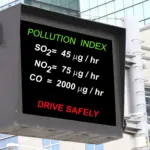
The AQI measures air pollution in your area, lets you know how clean or polluted your air is, and keeps you posted on what associated health effects might be of interest to you. The AQI should probably be on everyone’s morning screen list along with news, weather or Kardashian watch. This index will keep you aware of invisible health risks and is especially helpful to those people with respiratory issues.
2. When the AQI is elevated, try to spend more time indoors (if you can) where particle pollution levels are usually lower. It’s no fun not being able to go outside for recess, but sometimes it’s just safer to play indoors. Walking on the treadmill may not be as scenic, but some days it’s just better for you. A seven minute workout routine can be an effective way to stay fit, and works perfectly on the living room floor.
3. If you do choose to exercise outside, stick to easier activities (like walking instead of running) so you don’t breathe as hard. My personal favorite is lying on the beach. Although I’ll admit that doesn’t burn up a lot of calories. I hear that yoga is a really good way to stay fit, and I’ve noticed the yoga class in the local park seems to be a pretty healthy looking group of folks.
 4. At all times, avoid strenuous activities near busy roads and highways where PM is usually worse because of emissions from cars and trucks. Honestly, I’ve never understood why people exercise on busy streets. Not only because of the unpleasant smell of all those exhaust fumes, but the sheer danger of being anywhere near a highway. Dodging high speed knuckleheads who are often paying more attention to their phones than they are to their cars is not my idea of an appealing way to work up a sweat.
4. At all times, avoid strenuous activities near busy roads and highways where PM is usually worse because of emissions from cars and trucks. Honestly, I’ve never understood why people exercise on busy streets. Not only because of the unpleasant smell of all those exhaust fumes, but the sheer danger of being anywhere near a highway. Dodging high speed knuckleheads who are often paying more attention to their phones than they are to their cars is not my idea of an appealing way to work up a sweat.
5. Change the Cabin Air Filter in your car regularly. Yeah, that’s a thing. The cabin air filter catches dust, pollen and other airborne particles that want to sneak through your air conditioning system. And you might be shocked at what you’ll find stuck in there – bugs, road grime, biker hair. Car manufacturers generally recommend replacing these filters every 12,000 to 15,000 miles. It’s also a good practice to drive with your windows up and the recirculate setting in your AC system to the ‘on’ position.
6. Wear a particle mask. Those ‘what’s wrong with you’ looks that you might have gotten while wearing a mask in the past are gradually fading away.  And, really, when it comes to protecting your health do you really care what a stranger thinks about your appearance? I know that may seem like a blatant pitch for one of our products. But, of course we believe that wearing a mask can be one of the most effective ways to protect you from PM. And our are less dorky looking.
And, really, when it comes to protecting your health do you really care what a stranger thinks about your appearance? I know that may seem like a blatant pitch for one of our products. But, of course we believe that wearing a mask can be one of the most effective ways to protect you from PM. And our are less dorky looking.
So Now What?
You don’t have to turn your life upside down to take better care of what you’re breathing, just a few small steps should be all you need to take to ward off the evil PMs. It’s not like I’m suggesting you start eating tofu, or anything like that. Although, the stuff tastes pretty darn good when it’s been properly seasoned and prepared. You just need to start being more mindful of what’s happening in the air around you and be your own defender of your airspace. The most important part of the process is to be aware of your immediate environment and take a few simple precautions to protect yourself. Keeping your respiratory system healthy will enrich your life in ways that will last many years.




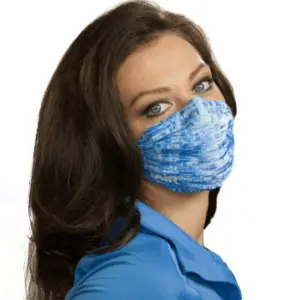

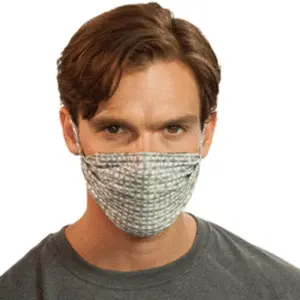

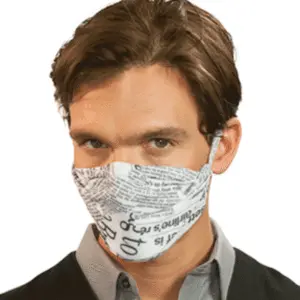




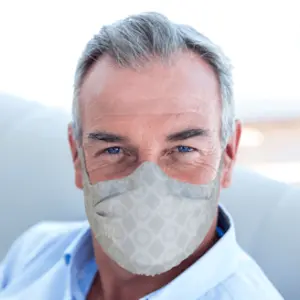




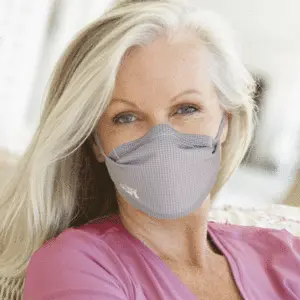
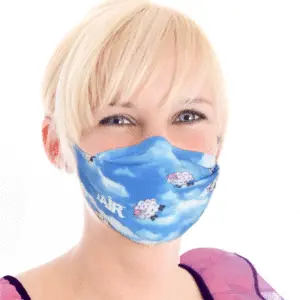
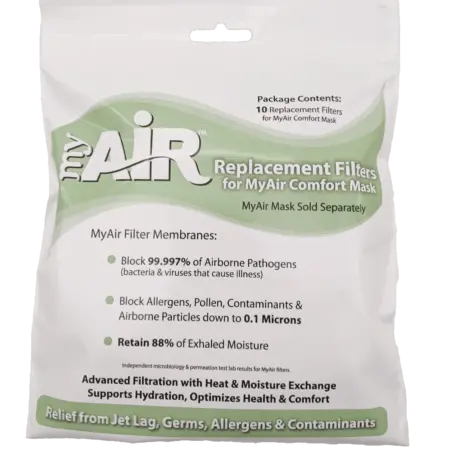
0 Comments